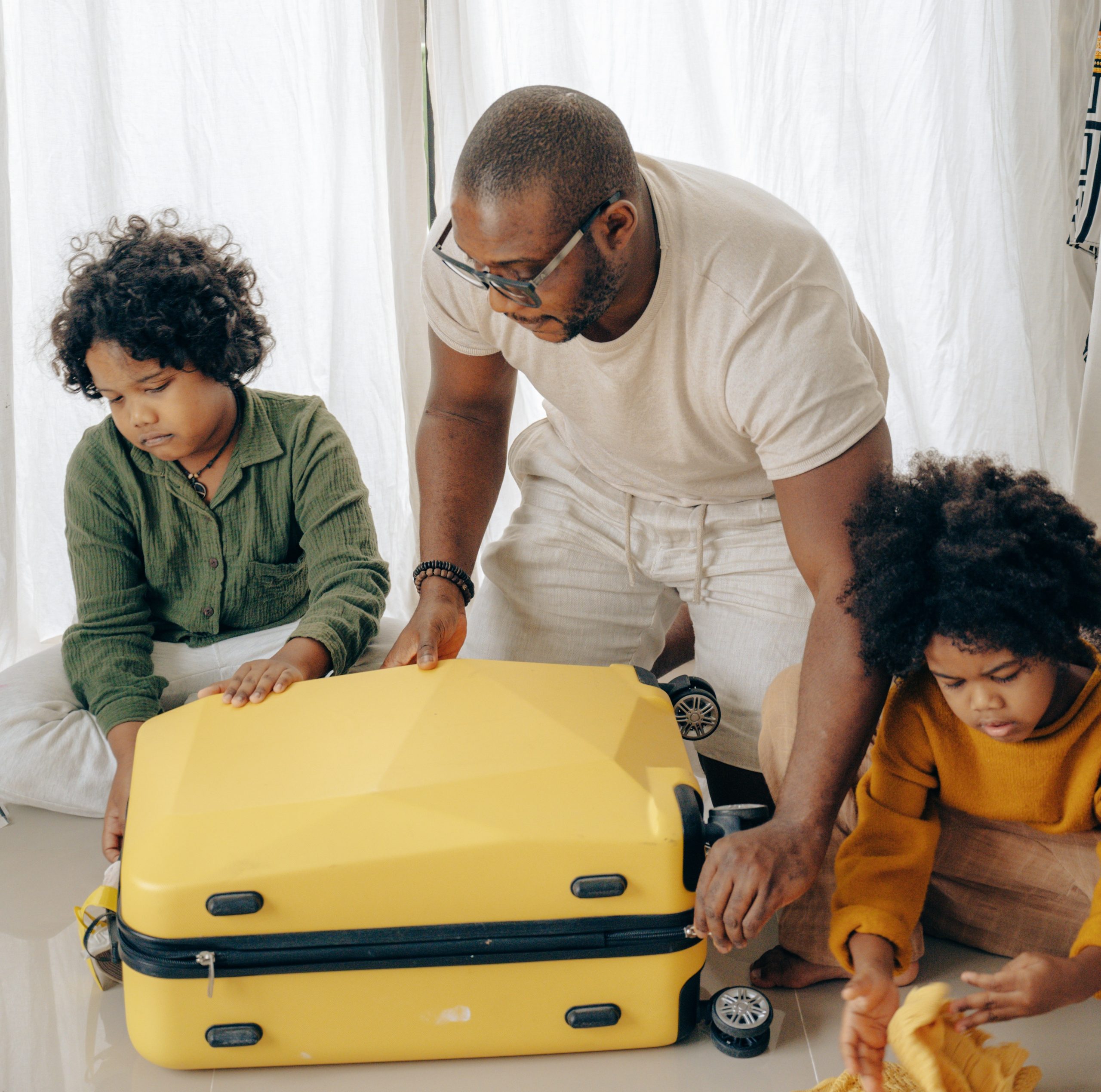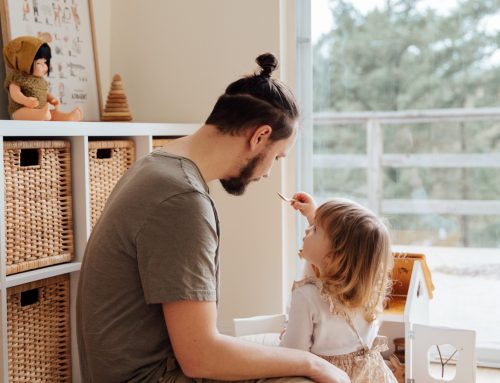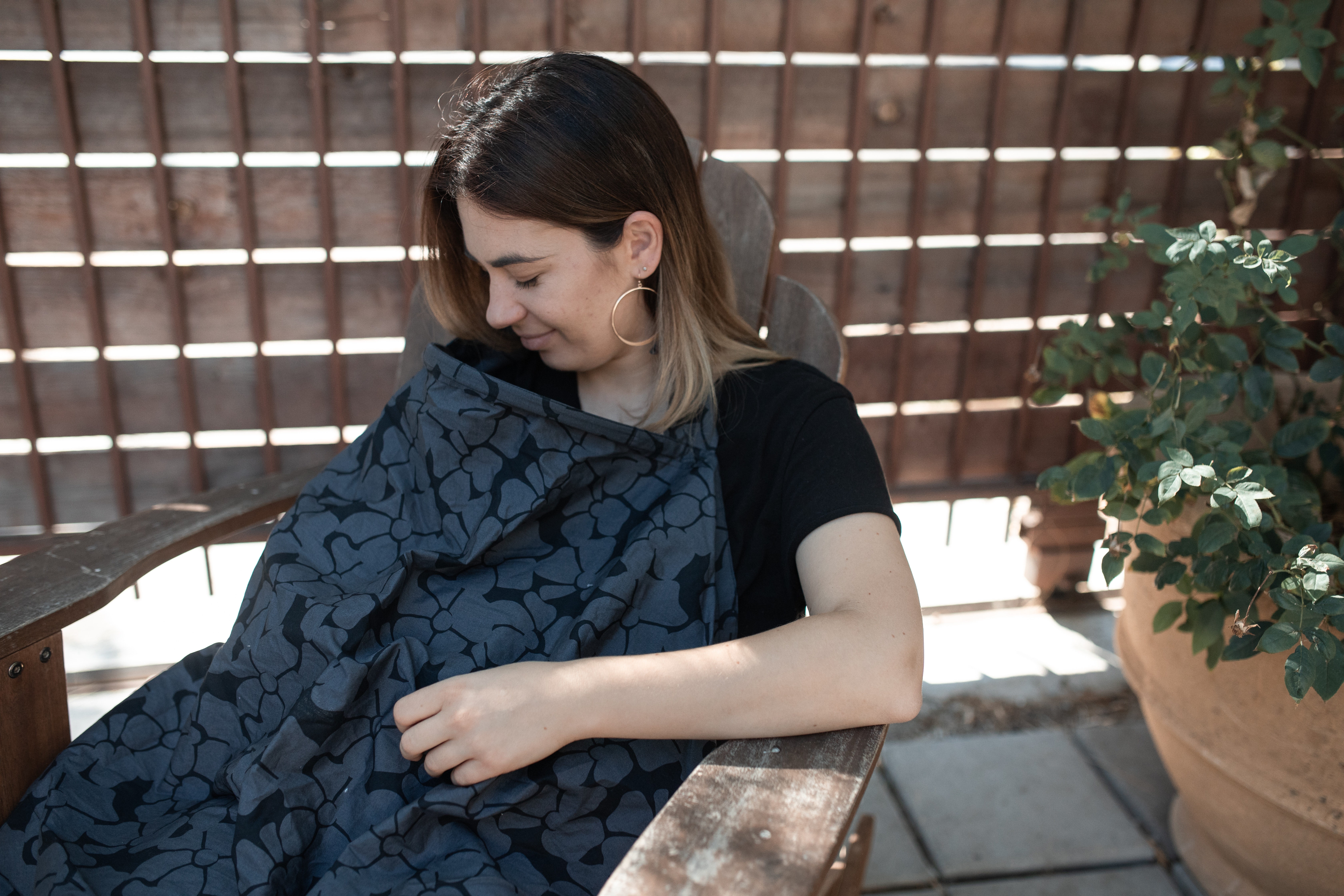For anyone who has ever seen the “Lost and Found” pile at a child’s school, it might seem that children and their parents might be actively trying to rid themselves of their worldly possessions as quickly as possible.
Nevertheless, a common practical problem that parents face after they have separated and are trying to coexist as coparents involves the child’s clothes and personal items. Although seemingly trivial, these matters can escalate and breed animosity between parents who already disagree on many fronts. The ultimate loser in these conflicts is often the child, caught in the middle of their parents disagreements.
Consider a scenario where one parent sends the child to the other parents house with a weeks worth of outfits, only for the child to return with none of the originally provided clothes, donning a torn pair of jeans and a dirty t-shirt. Naturally, this would leave the first parent feeling frustrated or angry towards the other. Even if there’s a reasonable explanation, such as an ongoing laundry cycle or a plan to return the clothes later, the frustration can seep into other aspects of their coparenting relationship. In some cases, this dynamic leads to the child packing their belongings for every parenting time
exchange, effectively transforming them into a traveler between their parents homes. This situation can be particularly stressful for children, especially when they have to carry a travel bag to school one or two days a week. As responsible parents, it is crucial to minimize any unnecessary stress on the child.
One potential solution to alleviate the feeling of constant travel is to create a sense of having two homes for the child. Each parent should maintain an inventory of clothes, toiletries, and daily essentials necessary for the child’s well-being. By doing so, the child may only need to wear the clothes on their body during parenting time exchanges. Although specific items may still need to be transported between homes occasionally, this approach reduces the number of belongings being shuttled back and forth.
Even with separate inventories, it’s not uncommon for clothes or items to inadvertently move between houses without being returned. It’s essential for parents to remember that these items belong to the child, not to either parent personally. Parents could consider labeling the items discreetly to help with identification, using color-specific labels indicating which home provided them. For example, items from Mom’s home could be labeled with the child’s name in green ink,
while items from Dad’s home could be labeled in red ink. This system allows parents to keep track of their items without constantly reminding the child of their parents; disagreements over ownership.
Parents should also anticipate confusion regarding who purchased specific items for the child, as well as the child’s attachment to certain favorites they wish to take to both homes. Additionally, there are countless situations where items may be forgotten, misplaced, or lost. In all circumstances, it’s vital to approach these challenges with flexibility and reasonableness. By doing so, parents can minimize conflict for the benefit of their child’s well-being, their own
mental health, and the overall cost to everyone involved.








Leave A Comment